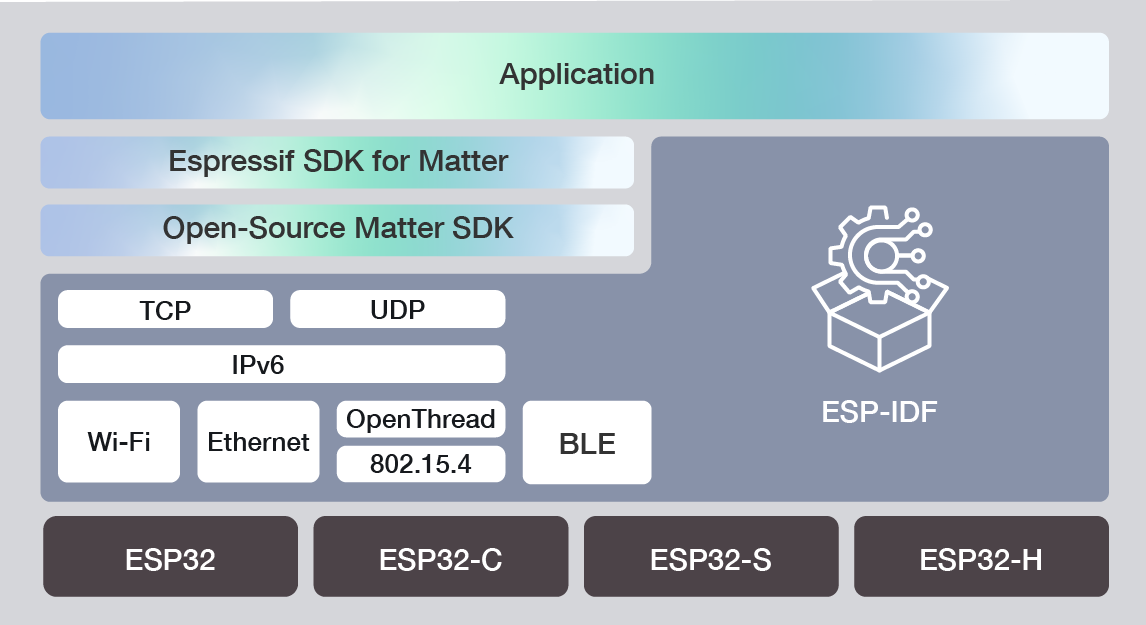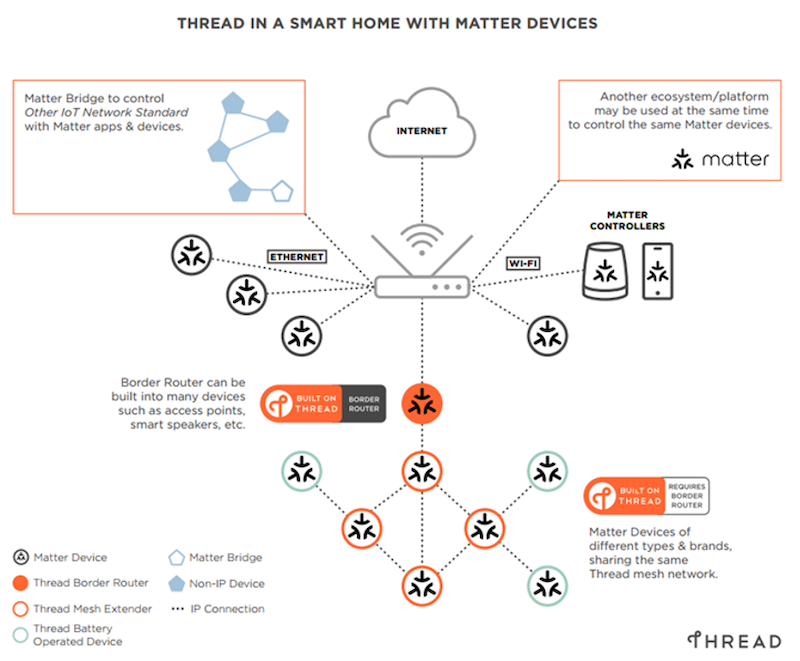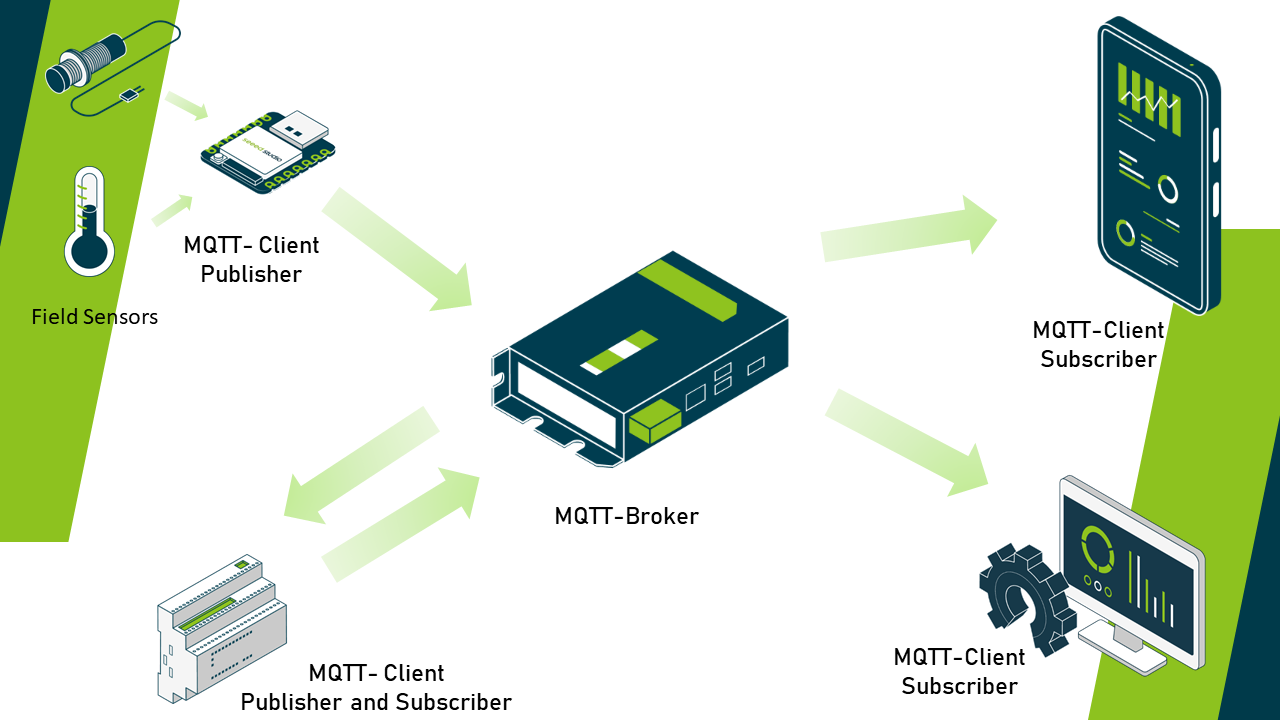Weekly Wiki

Greetings
This is Seraphina in Seeed Studio and welcome to the Seeed Studio weekly wiki! Each Monday, I will introduce you our latest wiki, including the ones related to our new products, the interesting projects published by Seeed Studio, and the tutorials, introductions, etc... You name it.
✨ For each week, when a collaborator contributes a project or fixes something important, we put the stars at the end of title of "Weekly Wiki" for more people be able to see their efforts👍.
Today is May 20th and a brand new week has begun! Check out what Seeed Studio did last week!
Latest Wiki Launched
Seeed Studio XIAO ESP32 Development Matter series Wikis
These articles are the tutorial in the Seeed Studio XIAO ESP32 Development Matter series:
Developed on XIAO using Espressif ESP-IDF
In the world of IoT development, the ESP-IDF (Espressif IoT Development Framework) has gained significant popularity due to its powerful features and extensive support for ESP32 series microcontrollers. With the emergence of the Matter protocol, which aims to provide a unified standard for smart home devices, developers are eager to explore this new frontier. However, Matter development currently does not support the Arduino framework, leaving ESP-IDF as the primary choice for development. In this tutorial, we will guide you through the process of installing ESP-IDF on an Ubuntu system, enabling you to kickstart your Matter development journey on XIAO ESP32 Series.

Getting Started with Matter Quickly with XIAO ESP32
In this tutorial, we will guide you through the process of using ESPLaunchPad to swiftly flash firmware onto your XIAO ESP32 board and pair it with your iPhone using a QR code. By following these steps, you'll be able to establish a connection between your phone and the XIAO ESP32 device, enabling you to control and interact with it seamlessly. This hands-on experience will provide you with a foundational understanding of Matter and its potential in the smart home ecosystem.

Matter Development with XIAO ESP32 Series
In the following sections, we'll walk you through the steps to configure your Matter development environment, including installing the necessary software, setting up the Seeed Studio XIAO ESP32C6 board, and running your first Matter example program. By the end of this tutorial, you'll have a solid foundation to start building your own Matter devices and contribute to the growing ecosystem of interoperable smart home solutions.

Local RAG based on Jetson with LlamaIndex
In industrial automation, Modbus stands out as one of the most common protocols. MQTT has emerged as the leading protocol for IoT in industrial automation due to many characteristics. Its lightweight design, efficiency, scalability, and support for asynchronous messaging are notable. In MQTT, devices communicate only when there's a reportable event, contrasting with constant update checks. This event-driven approach, coupled with reporting by exception—sending data only when it deviates from norms or on specific triggers—conserves bandwidth and resources, optimizing data transmission for critical IoT applications.

RAG on Jetson with MLCLLM and LlamaIndex
In this project, we introduce a quantized version of Llama2-7B, a large language model trained on 1.5TB of data, and deploy it on the Jetson Orin. We also leverage the Machine Learning Compiler Large Language Modle(MLC LLM) to accelerate the inference speed of the model. By deploying the quantized Llama2-7B with MLC LLM on the Jetson Orin NX, developers can build powerful natural language processing applications that deliver high accuracy and low latency on edge devices.

Edge Box RPi 200 with Node Red and MQTT
MQTT (Message Queuing Telemetry Transport) is a lightweight messaging protocol ideal for IoT (Internet of Things) applications due to its efficiency and low bandwidth requirements. It facilitates communication between devices in a publish-subscribe model, allowing for real-time data exchange over unreliable networks. With Node-RED, integrating MQTT enables seamless connectivity between edge devices and central servers or other devices, fostering efficient data transmission and processing. EdgeBox Edge Controller, by supporting MQTT natively, eliminates the need for additional hardware gateways by allowing the installation of an MQTT broker directly on the EdgeBox itself. This reduces complexity, minimizes latency, and enhances reliability, as data can be processed and acted upon at the edge without relying on external intermediaries, thus optimizing IoT system architecture.

Existed Wiki Updated
Flash JetPack6 to J401 carrier board
We have updated the method for flashing Jetpack 6 on the J401 carrier board.
The Efforts of Contributor
- Check on GitHub for more information.
- We will be really appreciate if you can share your ideas with us!
Past Weekly wiki
- weekly wiki on 2.27th
- weekly wiki on 3.06th
- weekly wiki on 3.13th
- weekly wiki on 3.20th
- weekly wiki on 3.27th
- weekly wiki on 4.03rd
- weekly wiki on 4.10th
- weekly wiki on 4.17th
- weekly wiki on 4.24th
- weekly wiki on 5.15th
- weekly wiki on 5.22nd
- weekly wiki on 5.29th
- weekly wiki on 6.05th
- weekly wiki on 6.12th
- weekly wiki on 6.19th
- weekly wiki on 7.03th
- weekly wiki on 7.10th
- weekly wiki on 7.17th
- weekly wiki on 7.24th
- weekly wiki on 7.31th
- weekly wiki on 8.07th
- weekly wiki on 8.21st
- weekly wiki on 8.28th
- weekly wiki on 9.11st
- weekly wiki on 9.18th
- weekly wiki on 9.25th
- weekly wiki on 10.9th
- weekly wiki on 10.16th
- weekly wiki on 10.23th
- weekly wiki on 10.30th
- weekly wiki on 11.06th
- weekly wiki on 11.13th
- weekly wiki on 11.20th
- weekly wiki on 11.27th
- weekly wiki on 12.04th
- weekly wiki on 12.11th
- weekly wiki on 12.18th
- weekly wiki on 12.25th
- weekly wiki on 2024.1.08th
- weekly wiki on 2024.1.15th
- weekly wiki on 2024.1.22nd
- weekly wiki on 2024.1.29th
- weekly wiki on 2024.2.19th
- weekly wiki on 2024.2.26th
- weekly wiki on 2024.3.04th
- weekly wiki on 2024.3.11th
- weekly wiki on 2024.3.18th
- weekly wiki on 2024.3.25th
- weekly wiki on 2024.4.01st
- weekly wiki on 2024.4.08th
- weekly wiki on 2024.4.15th
- weekly wiki on 2024.4.22nd
- weekly wiki on 2024.4.29th
- weekly wiki on 2024.5.06th
- weekly wiki on 2024.5.13th